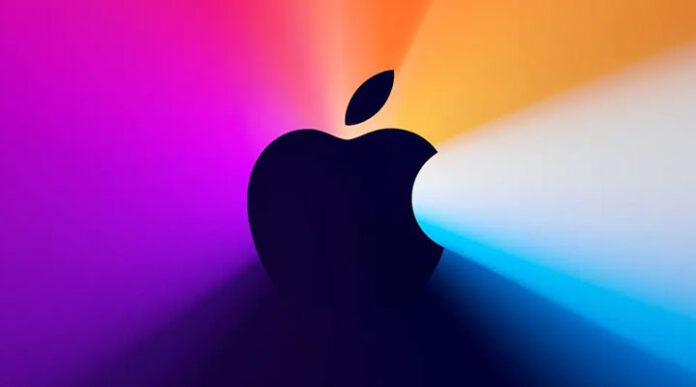During a summer quarter when most other large tech businesses saw their fortunes decline, Apple was able to increase both its sales and profit, but it doesn’t necessarily imply the iPhone maker will be immune to a prospective recession. Even while Apple performed pretty well, the July-September numbers made it clear that the most valuable firm in the world is dealing with some of the same economic challenges that have hurt Microsoft’s and the corporate parents of Google and Facebook’s revenues.
The business’s fiscal fourth quarter revenue increased by $90.1 billion from the same period the previous year by 8%. (roughly Rs. 7,42,000 crore). That was an improvement over the meager 2 percent revenue growth during its April–June quarter when supply issues brought on by pandemic-related plant closures hurt company sales.
The Cupertino, California-based business’s quarterly earnings came to $20.72 billion (approximately Rs. 1,70,640 crore), or $1.29 (about Rs. 100) per share, up a little under 1% from the same period in the previous year.
The revenue and earnings per share were both a little higher than expected by analysts. However, sales of Apple’s most well-known product, the iPhone, as well as another significant revenue generator, and the services sector, were both lower than analysts had predicted — an indication that consumers may be making adjustments in light of the greatest inflation in 40 years.
Due to “increasingly challenging economic conditions, “CEO Tim Cook admitted on a conference call with analysts on Thursday. “Many people are having difficulties everywhere.”
Despite the fact that this year’s third quarter will have one extra week than last year’s, Apple’s Chief Financial Officer Luca Maestri warned during a conference call that these difficulties are among the reasons the company anticipates its revenue growth to slow down during the current October-December period. The upcoming downturn is also being exacerbated by the strong US currency, which has reduced Apple’s reported sales abroad.
They first reacted badly to Maestri’s prediction, pulling down Apple’s shares by around 3% in extended trade, but by the time management wrapped up the conference call, investors appeared to be feeling more bullish about the company’s future. Late Thursday, Apple’s stock was up more than 1%. Similar to other formerly high-flying tech stocks, Apple’s shares have fallen by roughly 20% thus far in 2022.
Even if the business didn’t sell exactly as many iPhones as analysts had anticipated over the prior quarter, the gadget remains Apple’s flagship product 15 years after its introduction. Sales of iPhones increased 10% from the same period last year to $42.63 billion thanks to the introduction of four new models in late September (roughly Rs. 3,51,000 crore).
However, as customers begin to feel the pinch of the previous year’s stubbornly high inflation rates, industry analysts are beginning to worry about how much longer consumers will splurge on new phones. If such financial strains continue, more households might decide to limit their holiday spending, especially on the kind of expensive electronics that serve as Apple’s mainstay.
It’s for this reason, among others, that the research company International Data has revised its original projection from May to predict that global smartphone shipments will decline by 6.5 percent from 2021 this year, or by around 150 million fewer handsets.
IDC anticipated that although Apple won’t be as negatively impacted as manufacturers of smartphones with Google’s Android operating system, there would still be a sizable slowdown. The average selling price of the iPhone is predicted by IDC to be approximately $950, with shipments of the gadget increasing by less than 0.5 percent. Sales of iPhones are up 6% from last year through the first nine months of this year.
According to Investing.com analyst Jesse Cohen, “We knew Apple’s iPhone business was slowing down, but we’re also starting to see it leak into their services area, which will be one cause for concern.”
Maestri informed analysts that the services division’s last quarter was most negatively impacted by declining sales of gaming and advertising.





